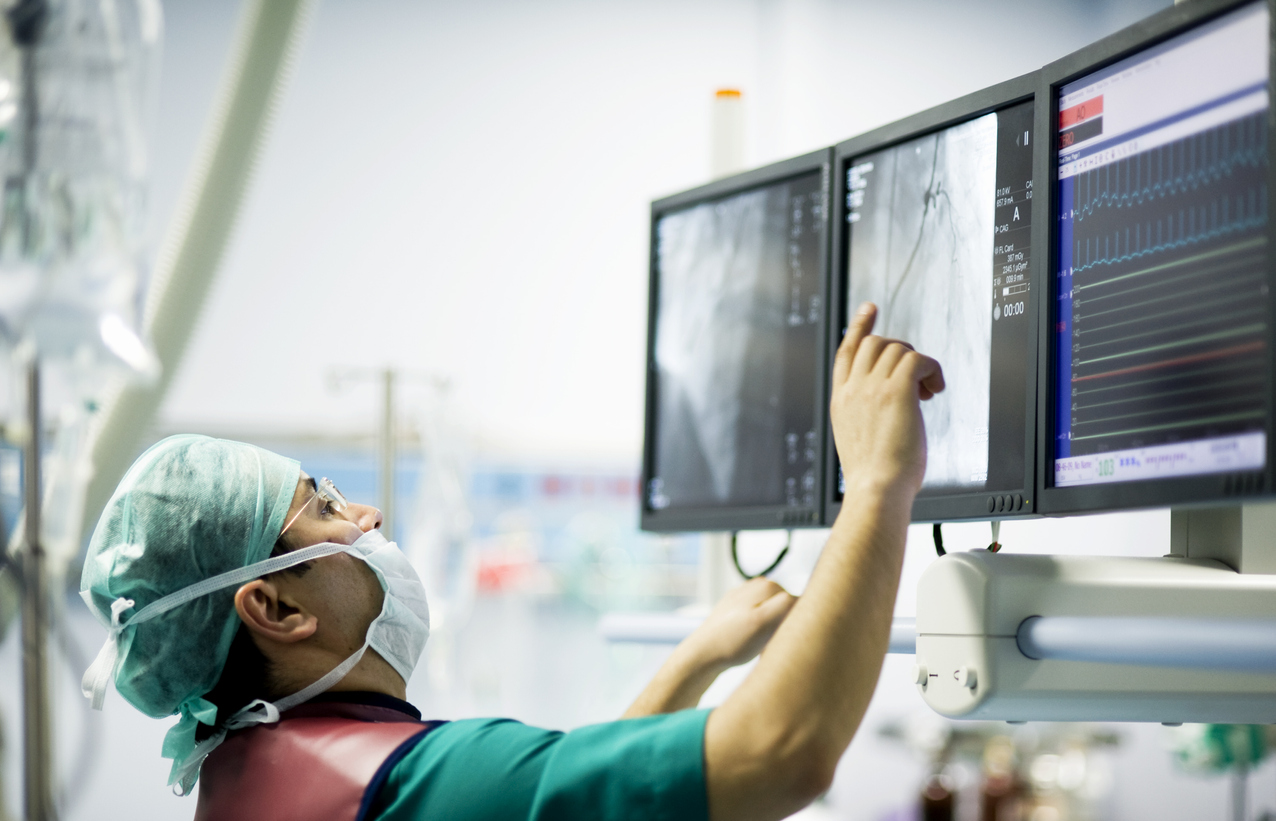We are living in a world that is constantly changing and using forms of media such as videos and live recordings as forms of communication, notification, training and archiving of special events. In this age, we are constantly bombarded with Tweets, G-Chats and Facebook posts that have videos attached. We can stream tv shows, live news reporting and sports events in real time. We can go to YouTube to check out our favorite music videos and even search for tutorials for our favorite DIY projects. The use of “Live” videos has infiltrated the regulated industry and the FDA is doing its best to keep up with the times by issuing new guidance to protect the public. The new July 11, 2019 FDA Final Guidance on “Live Case Presentations During Investigational Device Exemption (IDE) Clinical Trials: Guidance for Institutional Review Boards, Industry, Clinical Investigators, and Food and Drug Administration Staff” was released to protect clinical trial participants. According to the new guidance,
“A live case presentation is a live or pre-recorded broadcast of a surgical or percutaneous procedure, typically narrated by the operator (or a discussant other than the operator), with or without expert panel and/or audience interaction. These presentations are typically broadcast at scientific meetings to increase awareness of the clinical investigation and recruit prospective investigators and study subjects.”
What we appreciate about this guidance is that, although it may seem to be a great idea to record clinical procedures to increase awareness, the guidance presents a list of risks associated with video recording during execution of a trial with the patient. Here are a few pulled out from the guidance:
- Increased risk of infection due presence of broadcasting equipment and personnel that may breach environmental requirements during the study;
- Longer medical procedure means for example: longer time under anesthesia, more blood loss, more exposure to environmental conditions, etc., which could cause infections or unforeseen adverse effects;
- Distraction of the operator and other medical personnel potentially negatively impacting the procedure results;
- Increased pressure on the operator as a result of public scrutiny of the procedure, or conflicting advice from a panel of experts moderating the live case session, which could negatively impact the procedure results;
- Invasion of the subject’s privacy – for example, voice and gestures could reveal who they are.
Folks, let’s get even more personal and I will ask you this open-ended question: how do YOU feel when you know someone is recording you during a sensitive time, even if you give them permission to do so?
Bottom line is that, if Live Case Presentations are being considered, a robust risk assessment must be performed, starting with (but not limited to) the list of additional risks that the guidance raises. The guidance also stresses that studies with Live Case Presentations should make it clear to the subjects that their participation for the live recordings is optional. This means that the Informed Consent must be crystal clear on all of the conditions and terms that come with recording the session. The guidance document presents a detailed list of requirements, as well.
Another good safety measure that the FDA provided protection for children, stating as follows:
“The Agency believes there will only be rare instances in which it might be appropriate to have live case presentations of children. Live case presentations involving children should be reviewed by the IRB with particular concern for additional risks to the safety of the children during the procedure.”
Bottom line on all of this is that the new FDA guidance document has layers of requirements that protects the subjects. The FDA recommends that if Live Case Presentations are to be done, they should be planned early in the development process and they need to be submitted as part of the IDE application process.
I recommend that if you are considering the inclusion of Live Case Presentations for your clinical trial investigations, you should give this new guidance a good read. Remember, the world that we live in is being streamed on multiple devices, but we need to be very sensitive to the brave souls who allow themselves to be subjects to new products that may end up being a benefit to all of us and the next generation. Let’s not deter the fundamental reasons why the trial is being conducted and not allow the age of Live Recording to skew the results of medical science.




